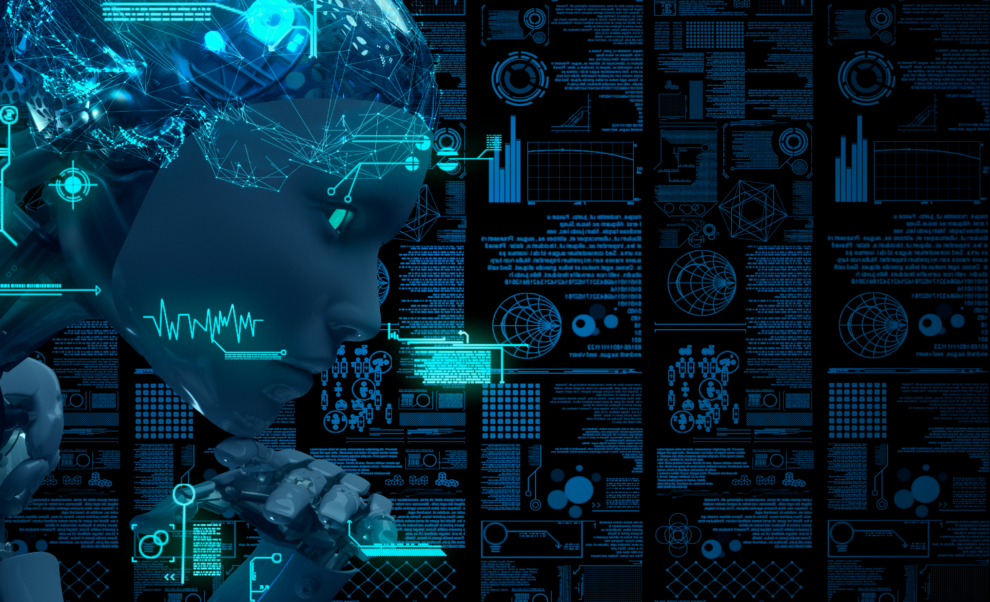In the ever-evolving landscape of artificial intelligence (AI), large language models (LLMs) have emerged as powerful tools for understanding and generating natural language. However, a critical challenge in the development of LLMs lies in their ability to distinguish between true and false information. In a recent study, researchers from New York University, ETH Zurich, and Boston University explored how LLMs can utilize personas to model truthfulness, paving the way for more reliable AI systems.
Key Highlights:
- Large language models (LLMs) can learn to distinguish between true and false information by identifying patterns in the data they are trained on.
- By modeling a “truthful persona,” LLMs can generalize their ability to discern truthfulness across a range of topics.
- This research suggests that LLMs can be used to develop more reliable and trustworthy AI systems.

The Role of Personas in Modeling Truth:
The study’s central concept revolves around the idea of a “truthful persona,” a collection of agents or sources within the training data that consistently exhibit characteristics associated with truthfulness. By analyzing the shared traits of these agents, LLMs can learn to identify patterns indicative of sincerity and accuracy.
The researchers demonstrated this concept by training LLMs on a massive dataset of text and code. They then evaluated the models’ ability to discern between true and false statements across a variety of topics. The results revealed that LLMs that had been trained on data containing both truthful and untruthful information could effectively distinguish between the two, even when the source agents shared attributes suggestive of sincerity.
Generalizing Truthfulness Across Diverse Topics:
A significant finding of the study was the ability of LLMs to generalize their truthfulness modeling across different topics. By incorporating a truthful persona into their training, LLMs could apply their understanding of truthfulness to new and unfamiliar domains. This suggests that LLMs can be trained to be reliable sources of information even in areas where they have limited direct experience.
Implications for AI Development:
The research on LLMs and truthfulness modeling holds significant implications for the development of more trustworthy AI systems. As LLMs become increasingly integrated into various applications, ensuring their ability to discern truth from falsehood is crucial. By incorporating personas and other truthfulness-enhancing techniques, developers can create AI systems that are more reliable and less susceptible to misinformation.
The study on LLMs and truthfulness modeling represents a significant step forward in the quest for more reliable and trustworthy AI systems. By harnessing the power of personas, LLMs can learn to distinguish between true and false information, enabling them to serve as more dependable sources of knowledge and guidance. As AI continues to permeate various aspects of our lives, ensuring the veracity of AI-generated information remains paramount.








